Indonesia, an archipelago of over 17,000 islands, is incredibly rich in cultural diversity. With over 300 ethnic groups, each area boasts its own distinctive traditions handed down through generations.
Shaped by indigenous beliefs, major world religions, and historical trading influences, these traditions play a vital role in Indonesian society and everyday life.
From traditional ceremonies to distinctive art forms, Indonesian traditions provide a captivating look into the country’s cultural heritage.
To keep connected while exploring those cultural highlights, make sure you take an iRoamly Indonesia travel eSIM with you, which provides fast speeds and a simple way to share your experiences.
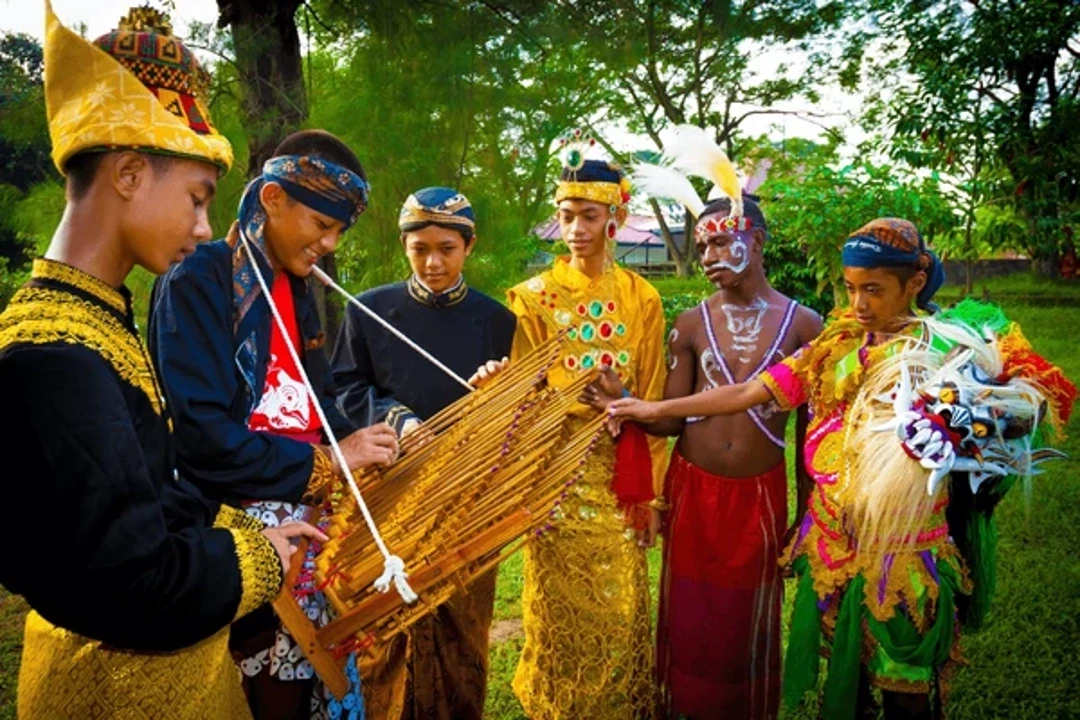
1. Traditional Clothing
Diverse Traditional Attire
Indonesian traditional clothing varies widely between regions, often reflecting local customs and beliefs.
Batik, recognized for its intricate patterns, is among the most renowned and is popular in Java, earning recognition as a UNESCO Intangible Cultural Heritage.
In Bali, women commonly wear the Kebaya for ceremonies, whereas in Sumatra, the Ulos textile holds significant importance in Batak cultural rituals.
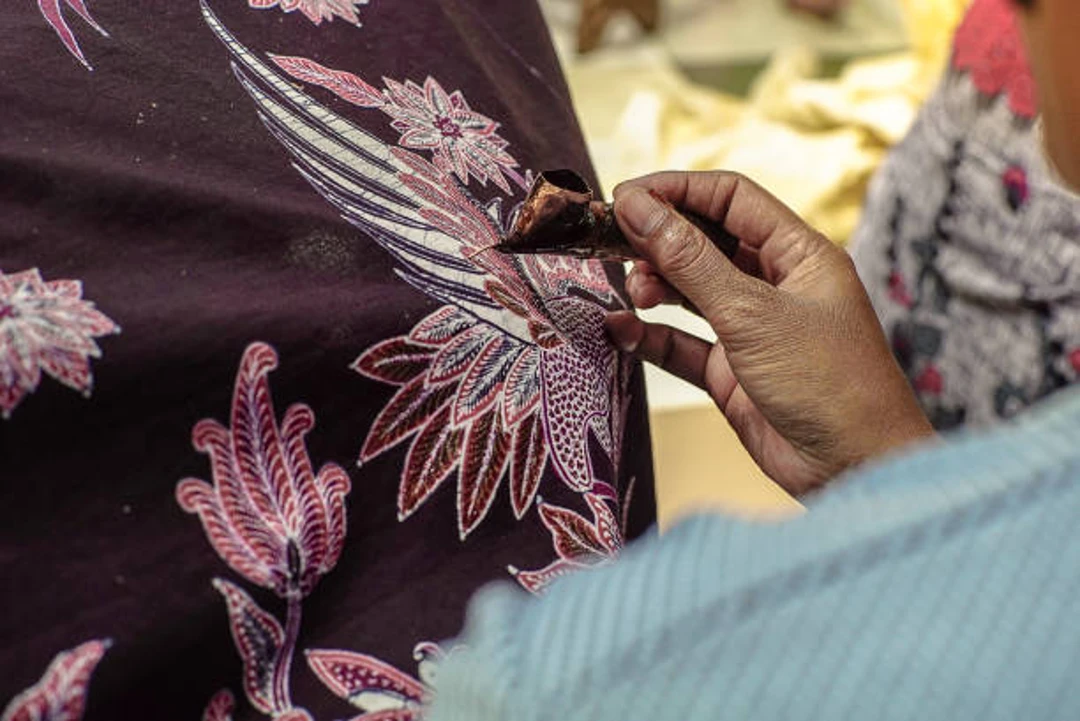
Symbolism and Cultural Identity
Traditional attire goes beyond fashion and often embodies profound cultural and social meanings. Historically, certain Batik patterns were exclusive to Javanese royalty.
Throughout various regions, specific garments are worn at weddings, religious festivals, and official events to represent status, identity, and respect for tradition.
2. Religious and Traditional Festivals
The Role of Religion in Daily Life
Indonesia hosts six officially recognized religions: Islam, Christianity, Hinduism, Buddhism, Confucianism, and Indigenous beliefs.
Religion culture in Indonesia plays a crucial role, deeply influencing daily routines, laws, and traditions.
Across the country, mosques, churches, temples, and shrines are commonly found, with religious activities setting the pace of life.
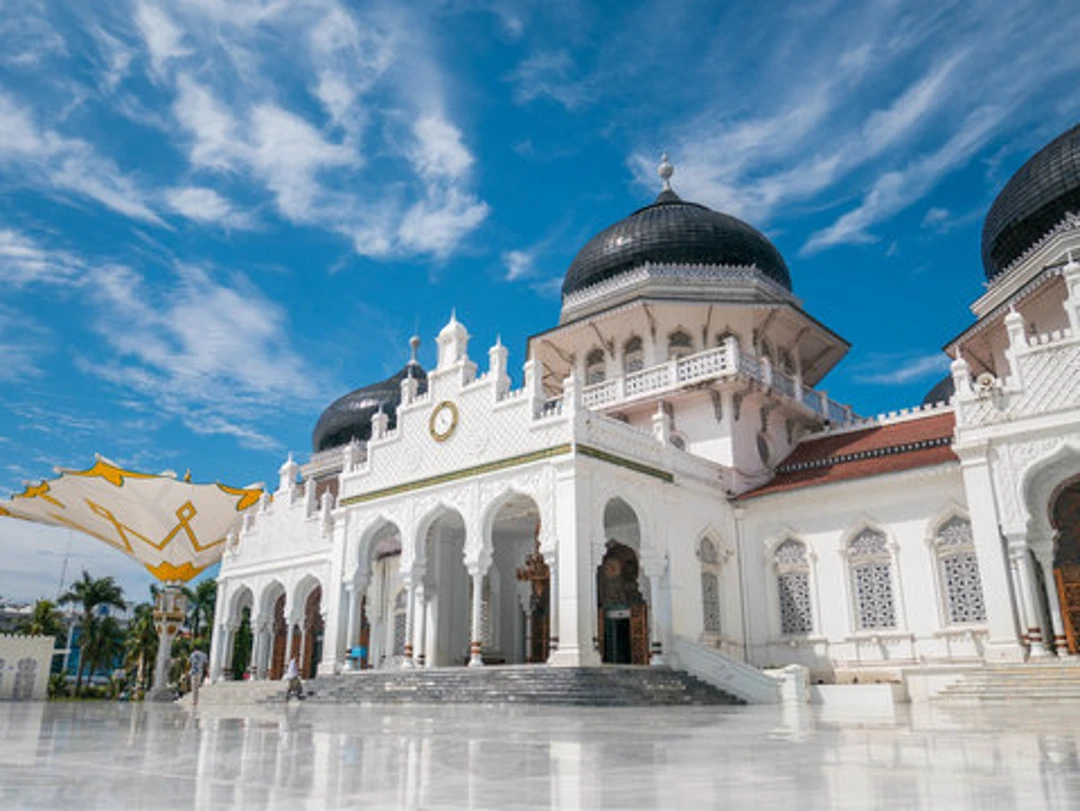
Traditional Festivals and Celebrations
Indonesia's festivals are lively and colorful, often integrating religious and cultural traditions.
Idul Fitri (Eid al-Fitr): Celebrated across the nation with prayers, visiting family, and enjoying traditional feasts.
Nyepi (Balinese New Year): A distinctive "Day of Silence" where the entire island of Bali completely shuts down for self-reflection.
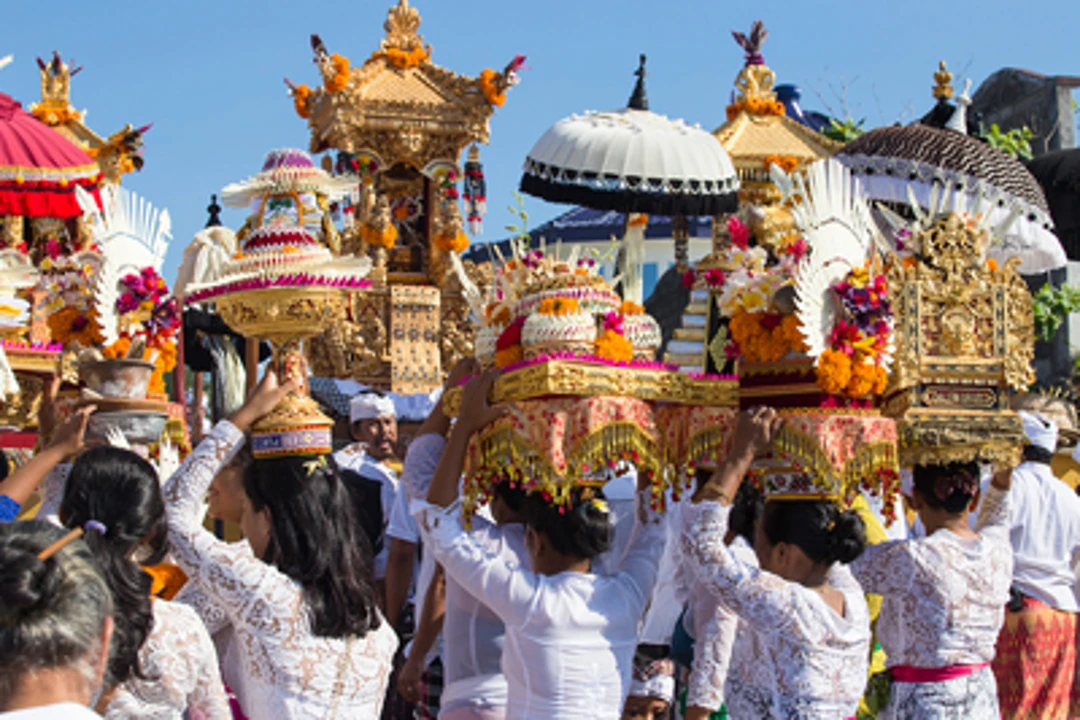
Toraja Funeral Ceremonies: Complicated multi-day rituals in Sulawesi, featuring traditional dances and buffalo sacrifices.
Bali Arts Festival: A month-long celebration showcasing Balinese dance, music, and art exhibitions.
These celebrations provide insight into Indonesia’s deeply embedded traditions and offer visitors an opportunity to experience the country’s cultural richness.
3. Music and Dance
Traditional Musical Instruments
Indonesia boasts a rich musical heritage, where each region features its own traditional instruments.
The Gamelan, a collection of percussion instruments, is extensively used in Java and Bali for ceremonies and performances.
The Angklung, a bamboo instrument originating from West Java, is shaken to produce harmonious melodies.
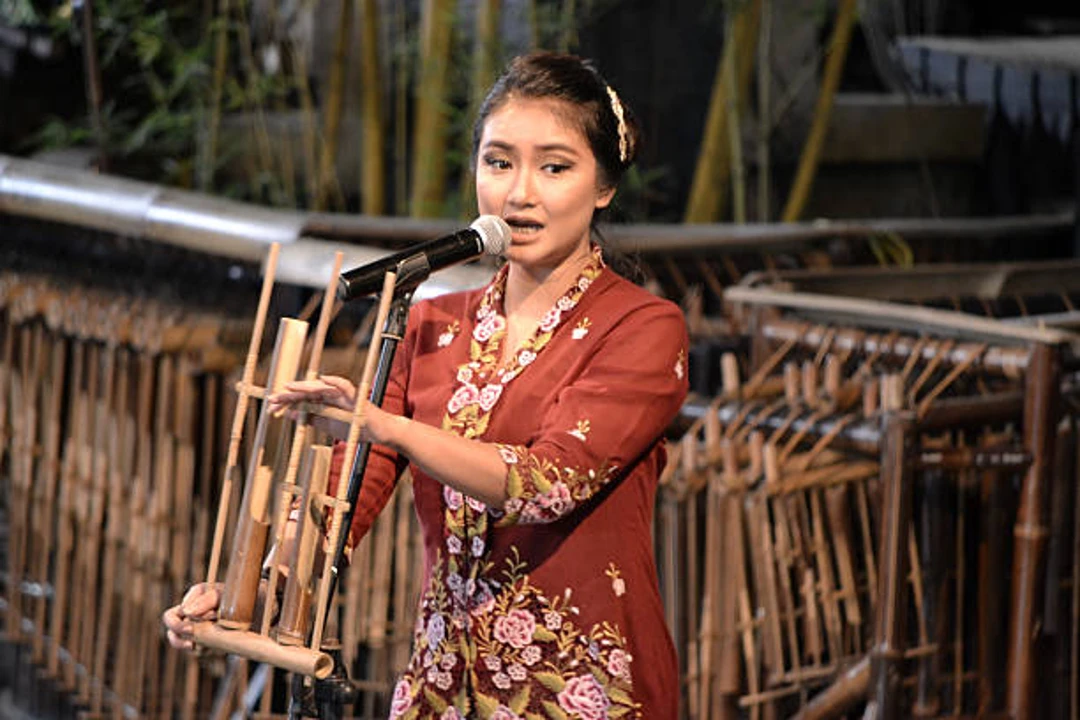
Traditional Dances
Dance is a crucial aspect of Indonesian culture, with each region displaying unique styles. To truly explore the culture of Indonesia, experiencing these dances in person offers a deeper understanding of the country's rich traditions.
Legong Dance (Bali): A graceful and intricate dance performed by young girls adorned in elaborate costumes.
Saman Dance (Aceh): An energetic group dance executed at high speeds, often referred to as the "Dance of a Thousand Hands."
Reog Ponorogo (East Java): A dramatic dance featuring large, colorful masks that depict mythical creatures.
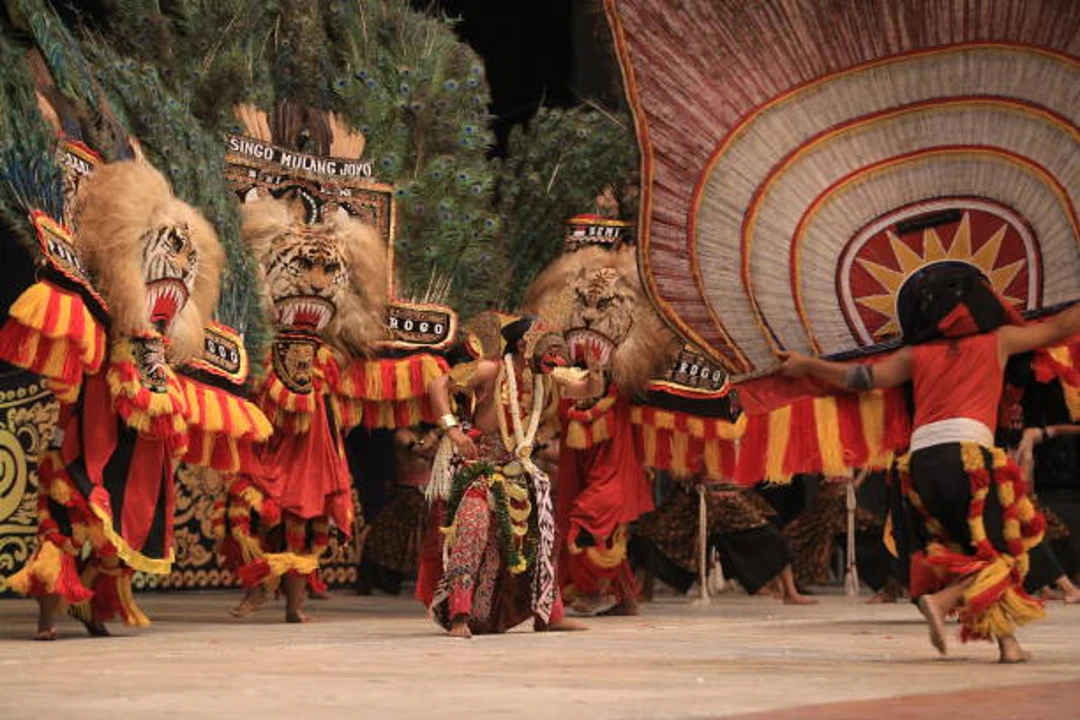
These dances serve not only as performances but also as expressions of storytelling and historical narratives.
4. Culinary Traditions
Indonesian Cuisine and Cultural Influences
Indonesian cuisine is famed for its diverse flavors, drawing influence from local traditions as well as Indian, Chinese, and Middle Eastern cuisines. Common spices include turmeric, lemongrass, and galangal.
Popular Traditional Dishes
Nasi Goreng: Indonesia’s unique take on fried rice, typically served with eggs and shrimp crackers.
Rendang: A beef dish from Sumatra, slow-cooked in a rich mix of spices and coconut milk.
Sate: Meat skewers grilled and served with peanut sauce.
Tempeh: A protein-rich, soy-based food from Java.
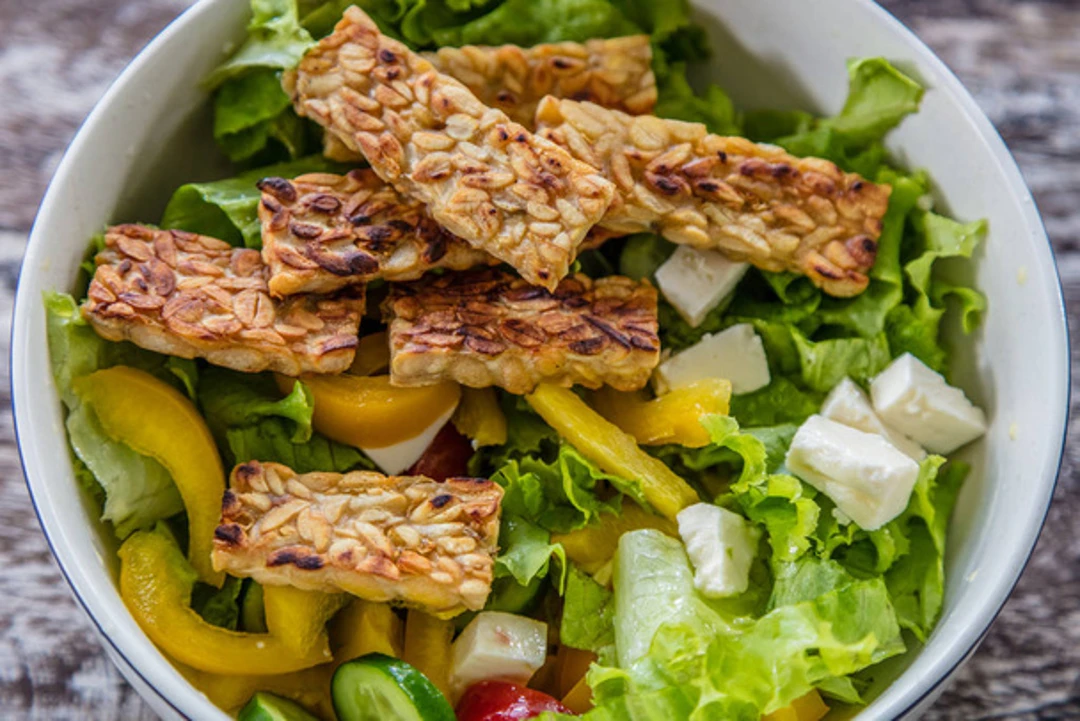
Food signifies an essential part of Indonesian traditions, often featured in ceremonies, religious festivities, and family gatherings.
5. Arts and Crafts
Traditional Crafts and Their Significance
Indonesia is known for its handmade arts and crafts, each with unique regional characteristics.
Batik (Java): A traditional wax-resist dyeing technique used to create patterned fabrics.
Ikat Weaving (Sumba & Flores): Handwoven textiles with intricate designs and natural dyes.
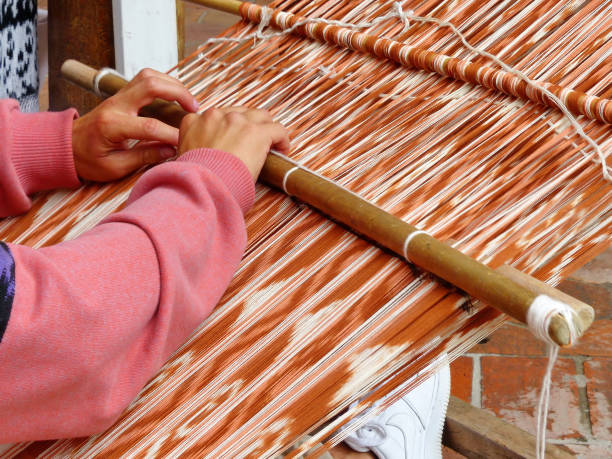
Silver Jewelry (Yogyakarta & Bali): Crafted using centuries-old methods.
These crafts are commonly used in traditional ceremonies and carry profound cultural meanings.
6. Traditional Architecture
Unique Indonesian Architectural Styles
Indonesian architecture showcases the country's rich cultural diversity and adapts to its tropical climate.
Rumah Gadang (Minangkabau): Known for their distinctive curved roofs, these are found in West Sumatra.
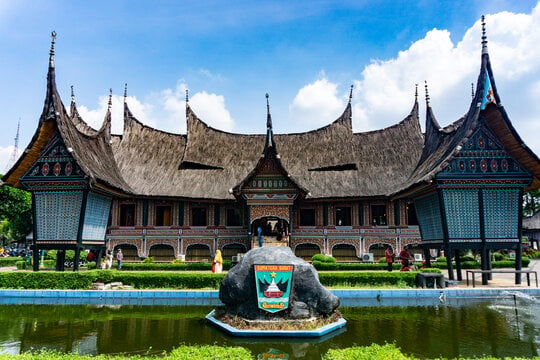
Tongkonan (Toraja): These traditional houses feature boat-shaped roofs and serve both as residences and for ancestral ceremonies.
Joglo (Java): Historically the homes of the nobility, these houses have layered wooden roofs.
Many traditional homes are constructed using sustainable materials and methods passed down through the generations.
7. Family and Social Structures
The Importance of Family in Indonesian Society
Family forms the cornerstone of Indonesian culture. It is common for extended families to reside together, with a deep-seated respect for elders being a vital principle.
Social Norms and Hospitality
Indonesians are renowned for their warmth and hospitality, greeting guests with genuine openness.
Core aspects of daily life include politeness, humility, and a communal spirit known as Gotong Royong, which signifies mutual cooperation.
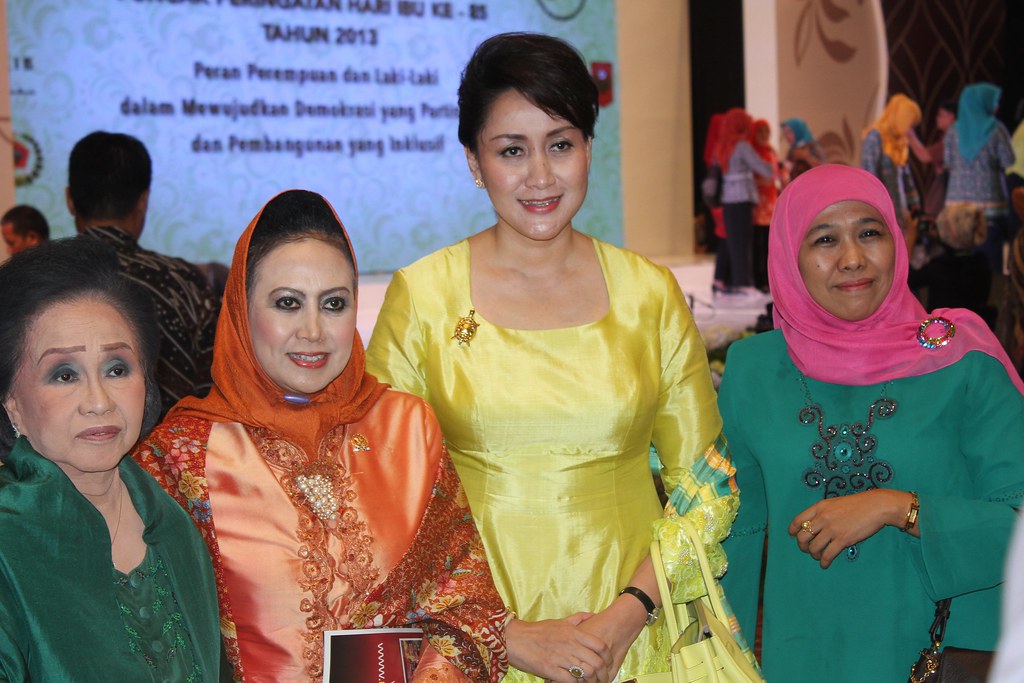
Conclusion
Indonesia's traditions offer valuable insights into the nation's cultural diversity. From religious ceremonies and traditional dances to local cuisine and architecture, these customs shape the country's identity.
Despite modernization, many Indonesians are dedicated to preserving their heritage, making sure it endures for future generations to cherish.
For travelers, participating in these traditions adds a depth of experience to their journey through Indonesia.
